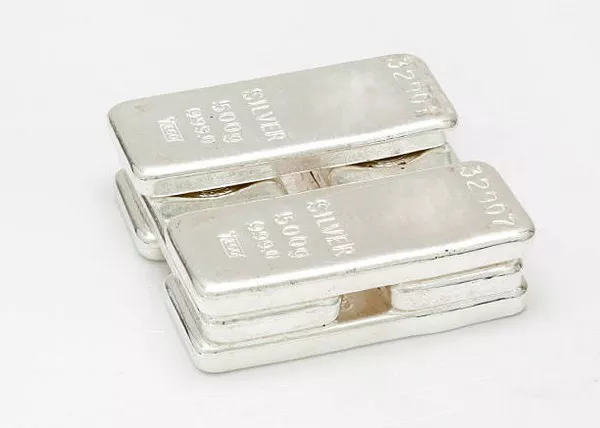Silver bullion has emerged as a focal point for investors in 2024, propelled by renewed economic uncertainties and the looming specter of a recession. While gold has traditionally been hailed as the ultimate safe-haven asset, silver is poised to steal the spotlight this year, driven by a combination of industrial demand, supply deficits, and historical price dynamics.
Bull Case for Silver Bullion
Growing Industrial Demand: Unlike its counterpart gold, silver boasts extensive industrial applications, with over 50% of its total physical demand stemming from sectors like electronics, solar panels, and electric vehicles. The ongoing shift towards clean energy and the proliferation of EVs bode well for silver demand, provided the global economy maintains momentum.
Supply Deficits on the Horizon: The silver market has grappled with supply deficits for several years, reaching a decade-high in 2022. Despite steady demand growth, mine production has plateaued since 2016, setting the stage for potential price appreciation.
High Beta to Gold: Silver has historically exhibited a higher level of volatility compared to gold, outperforming the latter in bull markets and underperforming in bear markets. With silver’s smaller market size contributing to its heightened volatility, a bullish trajectory for gold could signal even greater returns for silver.
Undervalued Relative to Gold: The gold-to-silver ratio, indicating the number of silver ounces needed to purchase one ounce of gold, currently sits at around 80, surpassing its long-run average of 60. This suggests that silver is undervalued relative to gold, potentially paving the way for significant outperformance if the ratio converges towards historical norms.
Bear Case for Silver Bullion
Rate Hikes from the Federal Reserve: Despite the Federal Reserve’s efforts to combat inflation with rate hikes in 2023, inflationary pressures have begun to abate. However, further rate increases are anticipated in the coming months, bolstering the dollar and exerting downward pressure on commodity prices, including silver.
Recession Leading Investors to Cash: While silver typically thrives as a safe-haven asset during economic downturns, an excessively severe recession could prompt investors to flock to cash, dampening demand for precious metals. Additionally, demand destruction across key silver end-use sectors could exacerbate the situation.
Rising Bond Yields: The Fed‘s tightening measures have spurred higher Treasury yields, increasing the opportunity cost of holding non-yielding assets like precious metals. If real rates climb due to quantitative tightening, it could pose challenges for silver’s performance.
In conclusion, while silver bullion presents compelling arguments for potential outperformance compared to gold in 2024, investors must remain vigilant of the prevailing economic landscape and closely monitor factors such as interest rate trends and global market dynamics. With both bullish and bearish catalysts at play, navigating the silver market requires a judicious blend of strategic insight and risk management.


